When my husband and I moved to the relatively small town of Prescott Arizona several years ago, I never dreamed that I would soon be spending all my time (and a great deal of money) in an effort to look as though I lived in the late 1800’s. For my husband, the transition was fairly easy, as men’s western fashions have not changed all that much. For ladies, the transformation from comfy jeans and tee shirts to corsets, bustles, and long gowns is monumental. Still, the appeal of dressing in such a romantic way is irresistible, and I was soon on a mission to ensure that my “look” was as correct as possible.
Simply LOOKING at as many dresses as you can will help you to get a good grasp of the correct look-and-feel of a particular era. It should be noted that the fashion plates in many lady’s magazines show only designs the upper class could afford. Also, vintage clothing that has survived into our time are often special-occasion items, like wedding dresses or ball gowns; outfits that were gently worn by ladies who could afford to have clothing that they wore only a few times. For those ladies who were helping to settle the west in the 1800’s, these dresses were far nicer than what they would have owned. Still – even though their clothes were more often cotton calico than silk – western women tried to the best of their ability to copy the styles that were in vogue at the time. So do look at the fashion plates from magazines like La Mode Illustreé, Petersons, and Demorest to get an idea of what the proper silhouette looks like. Some pattern companies will also provide illustrations, and sometimes a brief history of period-correct clothing. Truly Victorian (www.trulyvictorian.com) has a very good history page on their site, as well as offering a list of recommended reading. In addition, all of their patterns say what years they were worn. The Bustledress Marketplace (www.bustledress.com) has a “Victorian look of the Day” page, which provides excellent advice on pulling together a period look. On the Recollections site (www.recollections.biz ), you can choose to look at clothing “By Era” which is a great way to discover if you are more inclined to love Edwardian, Victorian, or Civil War period clothing.
While you are still early in your costume planning, it is time to consider correct undergarments. It is the sad truth ladies, that it is not possible to get a period-correct profile unless you are wearing a corset. You will need to understand a bit about corsets as well. For the 1800’s, your corset will generally stop just below your waist and will also cover the bust at least half-way. Do not invest in a corset that stops under your bust – these are simply “waist-cinchers”, and will not provide a period-correct look. It is not the intent of a corset to change your natural shape; rather it is to give you a smooth line from your waist to your bust. A well-fitting corset will be surprisingly comfortable to wear. Yes – it will feel a bit snug at first, but most ladies have their husbands lace them in, and then after a half-hour or so, discover that they can be laced up just a bit more and still be comfortable.
Don’t overlook your bloomers and petticoats. Without a petticoat (or two, or three) your skirt will not have the proper shape, especially as you stroll down the street or across a room. If your style falls into one of the bustle periods, then you must also wear a bustle to support your skirt. If you are wearing civil war clothing, then it is important to have a cage or crinoline petticoat to provide the required fullness – again, we’re trying to get the correct silhouette. Investing in the correct under-garments early on will ensure that all of your clothing looks and fits properly as you go forward. While you are putting together you outfit, don’t forget to pay attention to accessories like jewelry, hats, gloves, reticules, and parasols. These small items will give your outfit a finished, believable look.


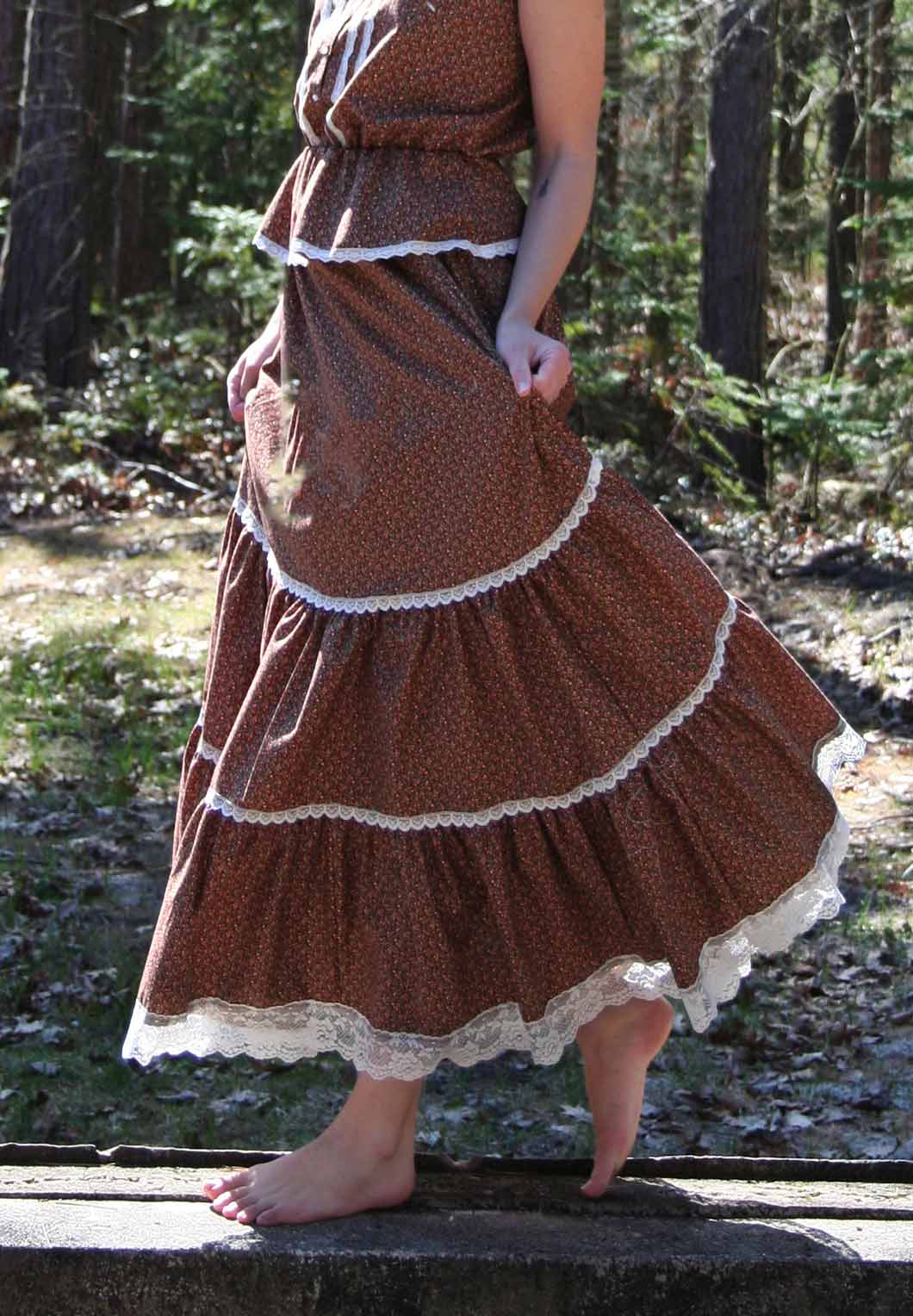
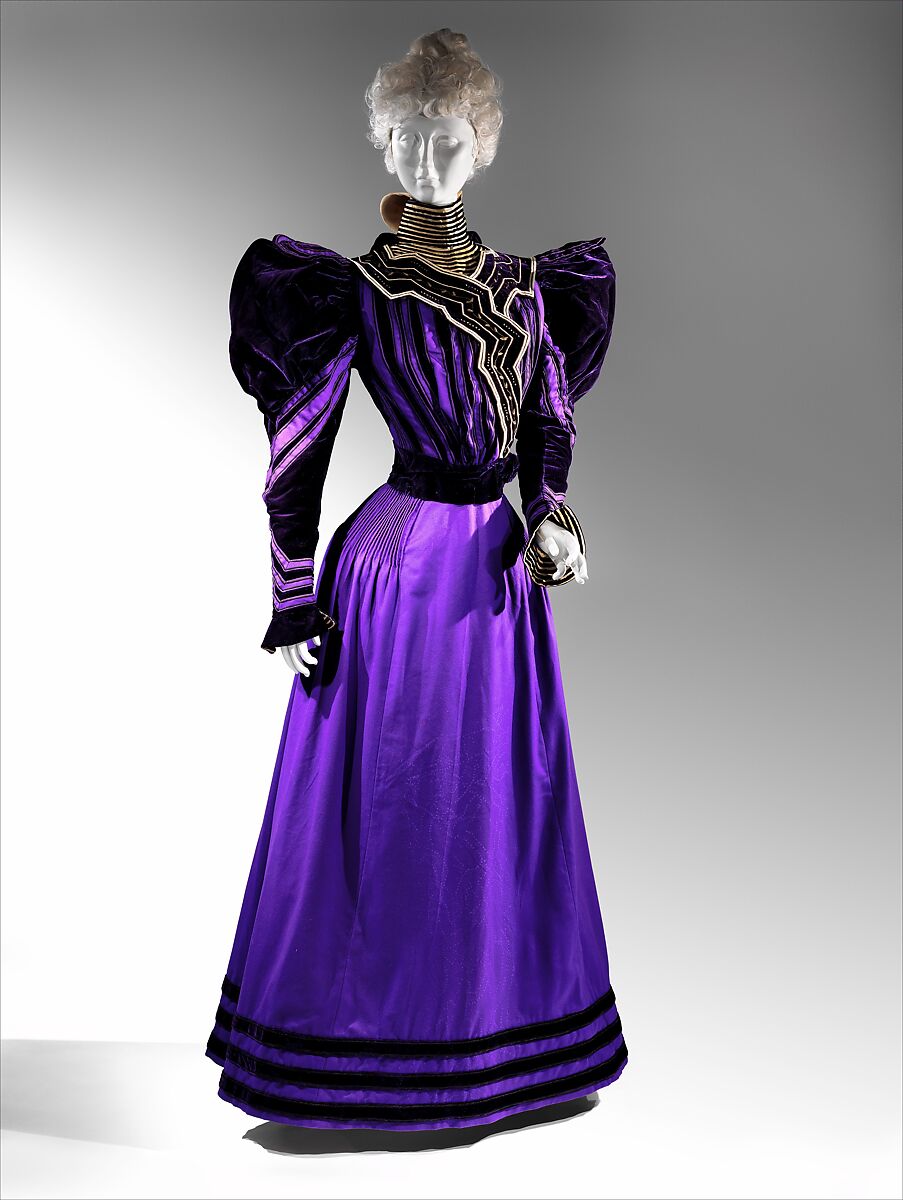

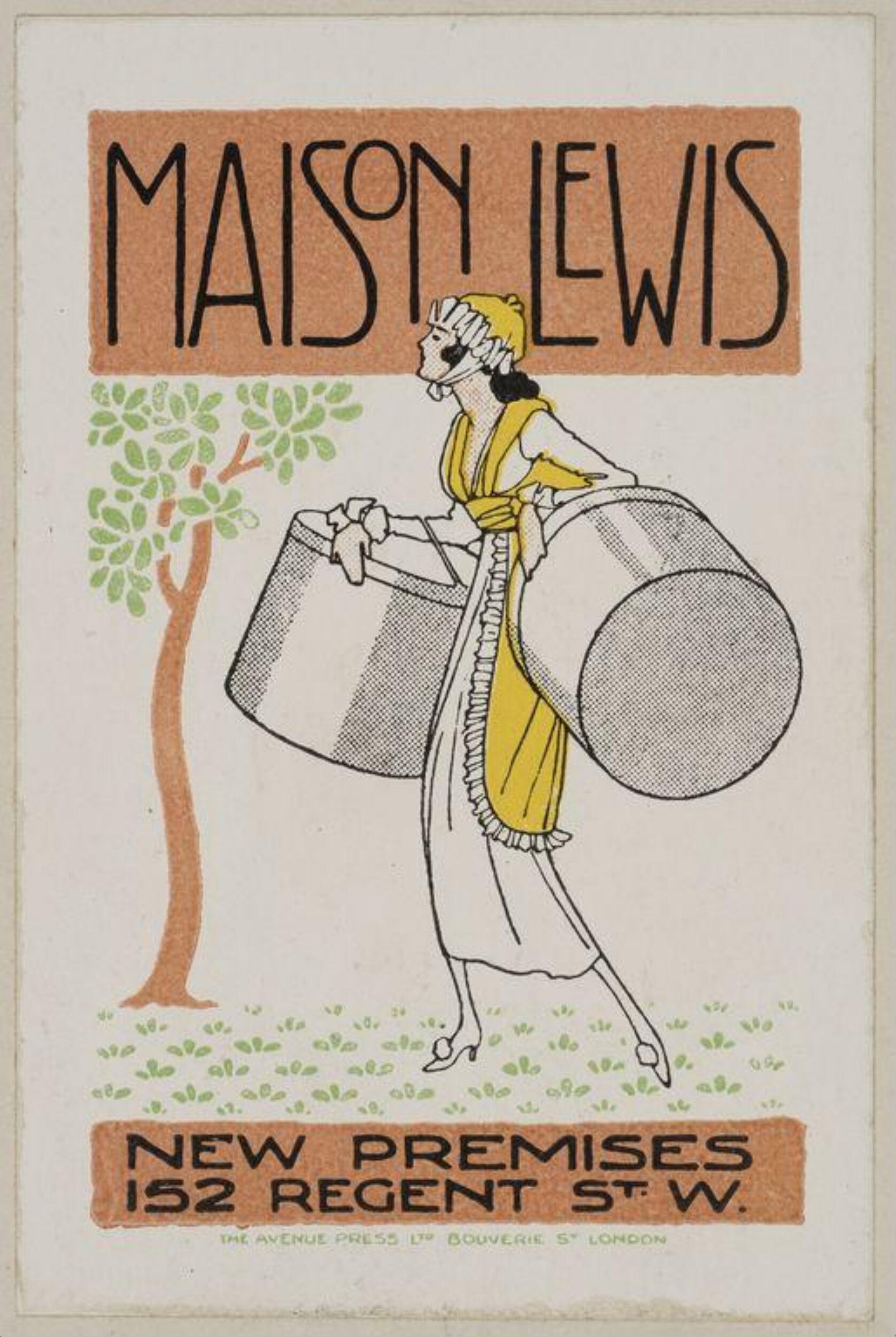
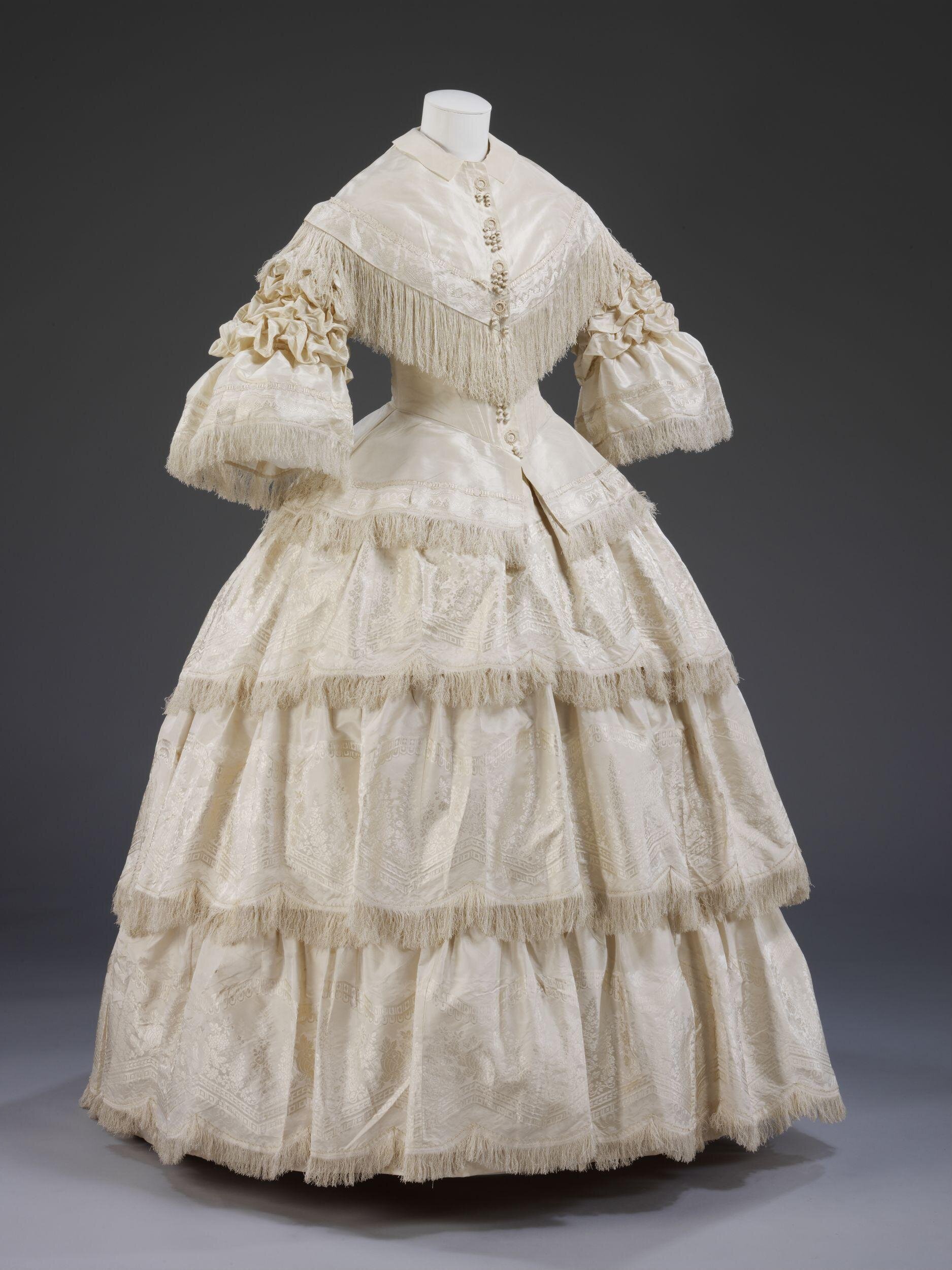
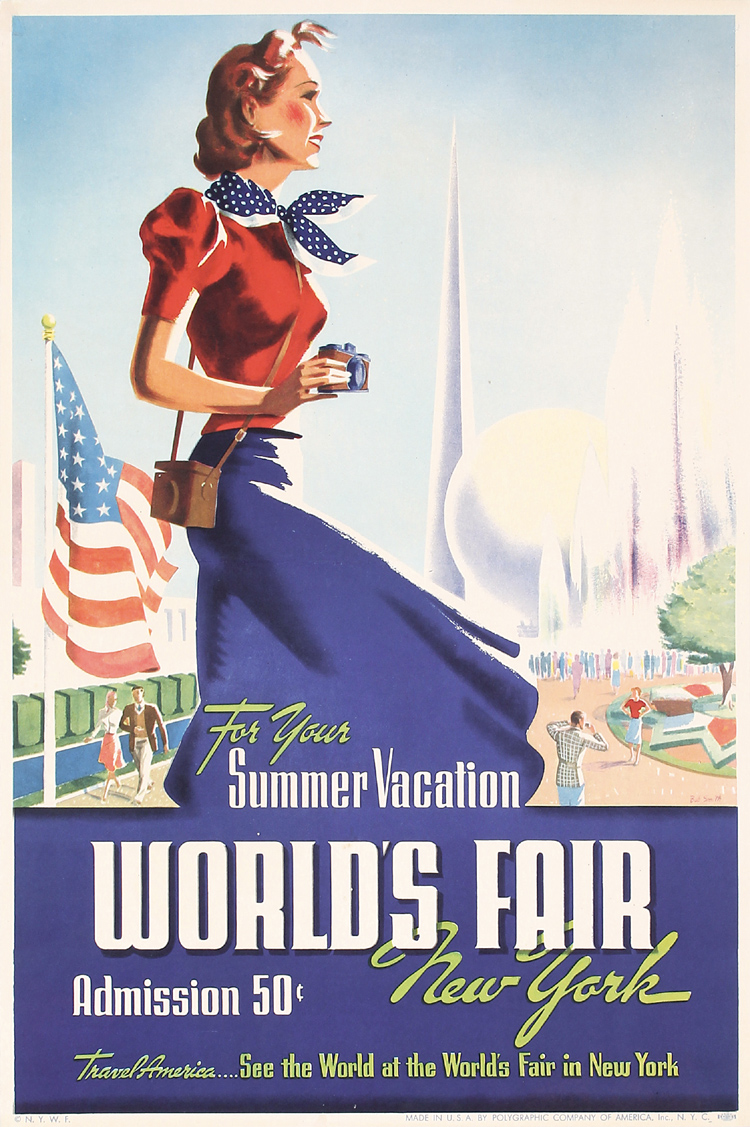
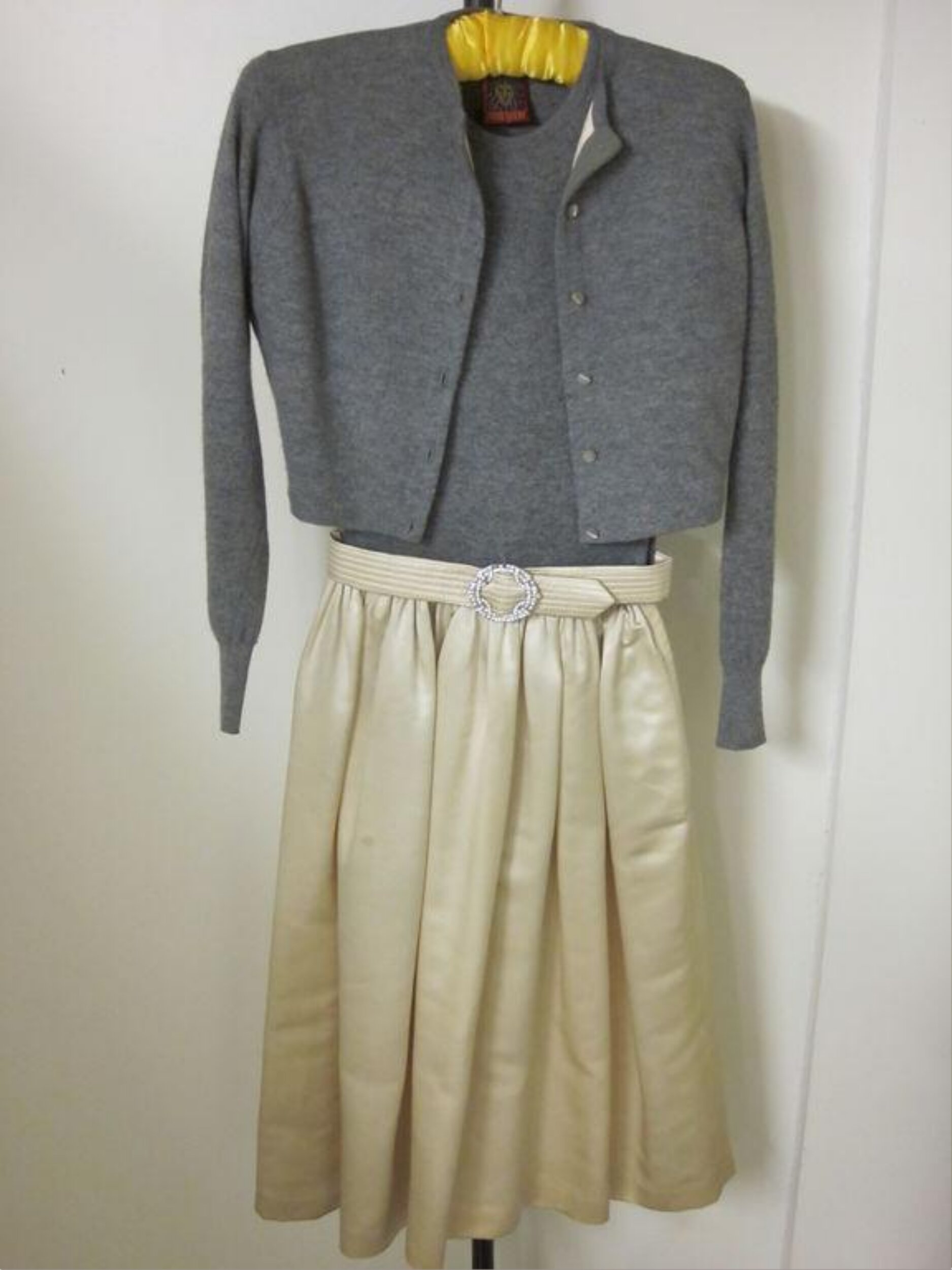
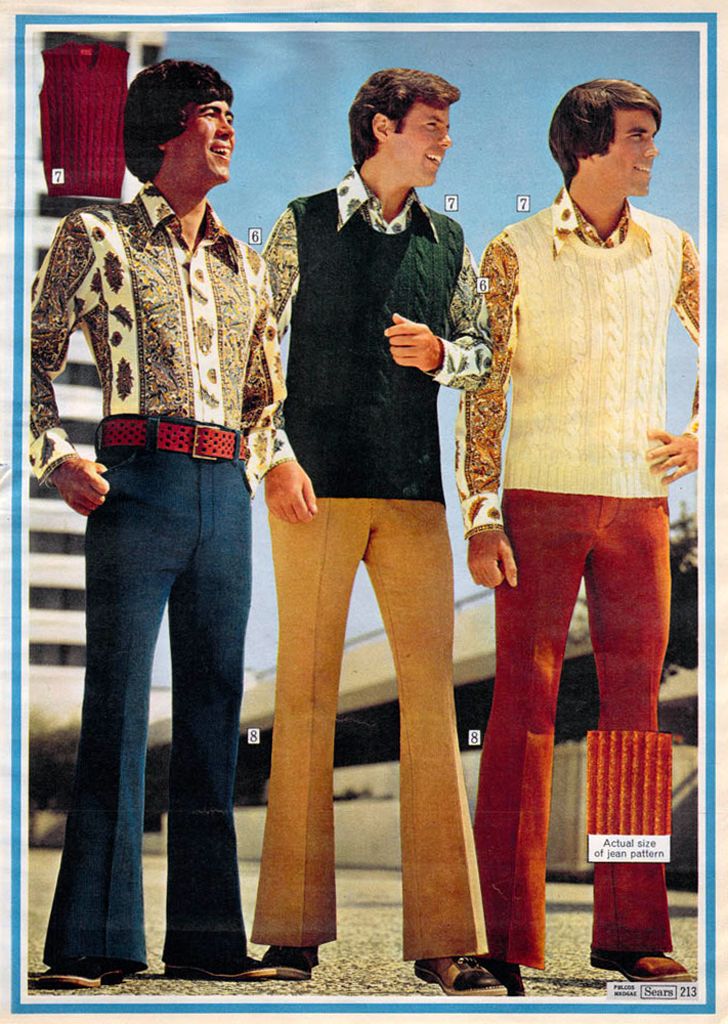
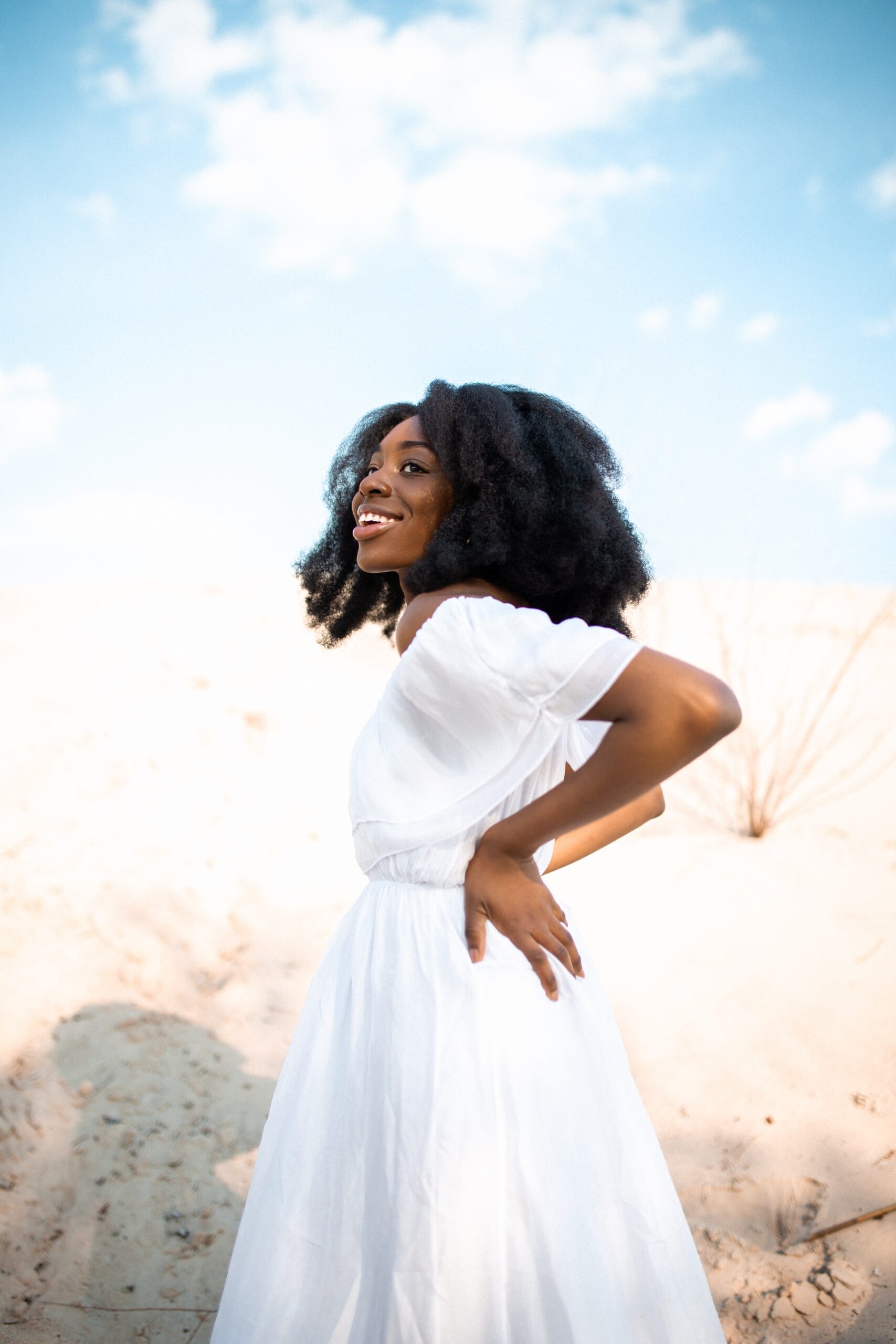
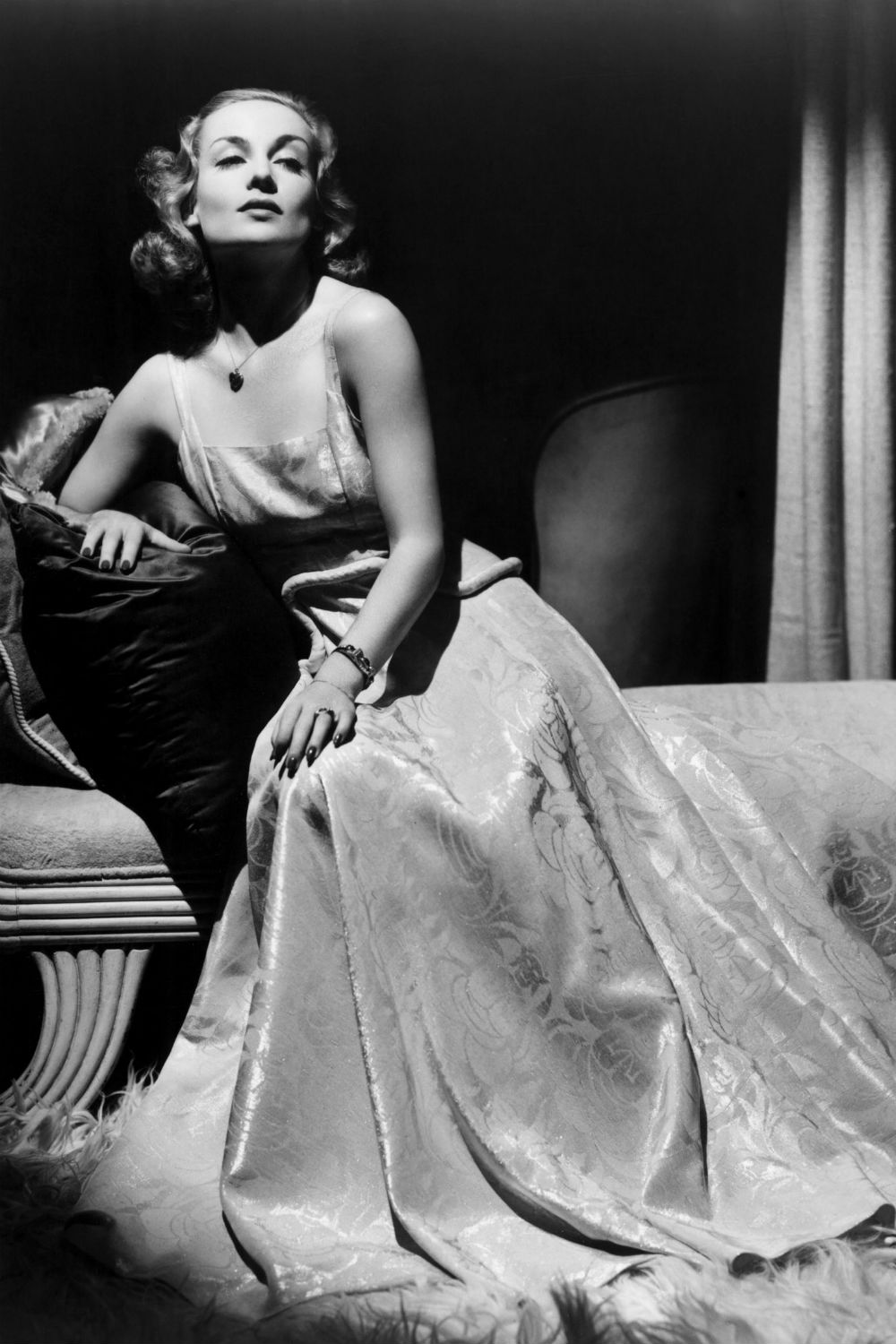
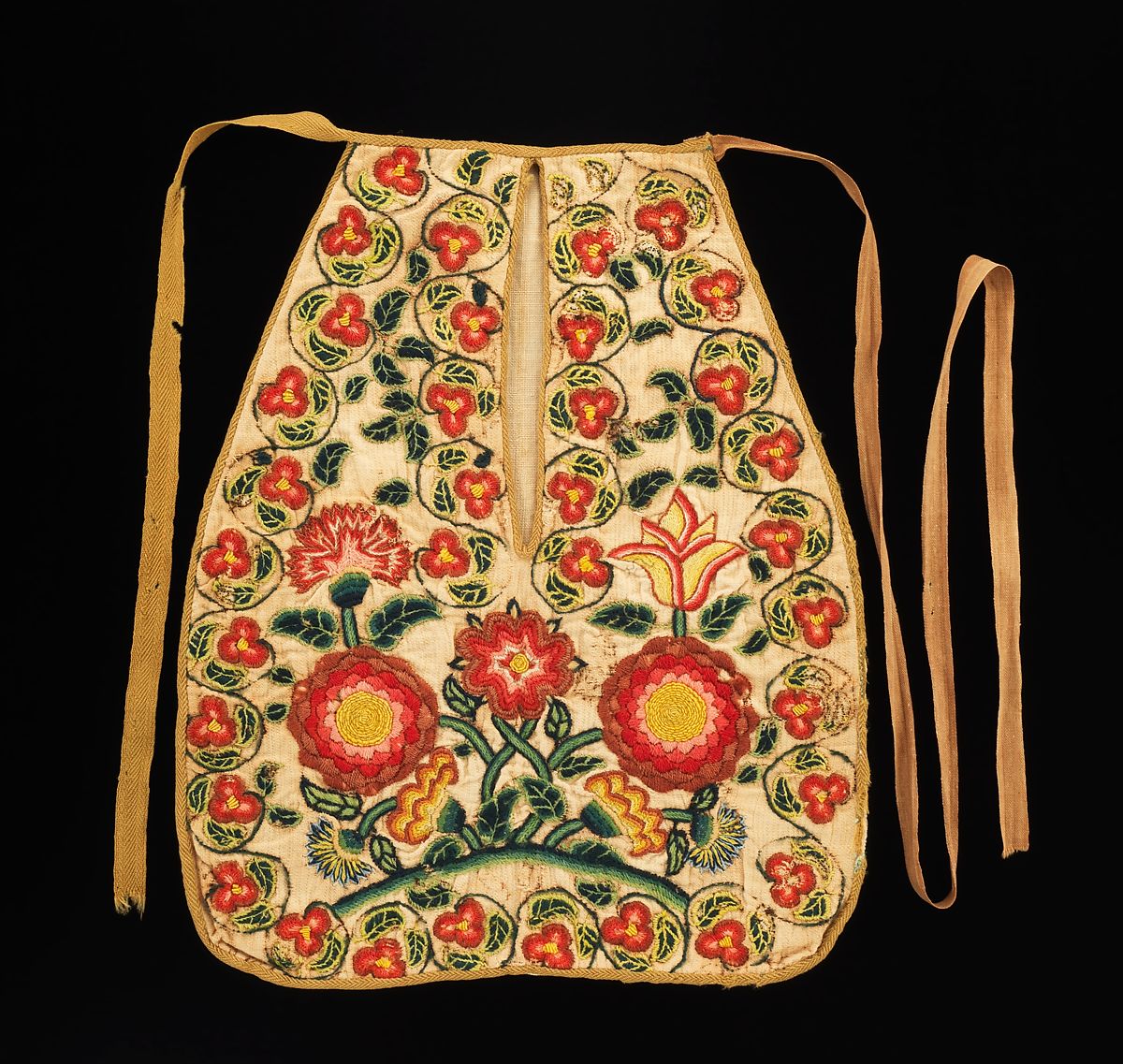
Leave A Comment